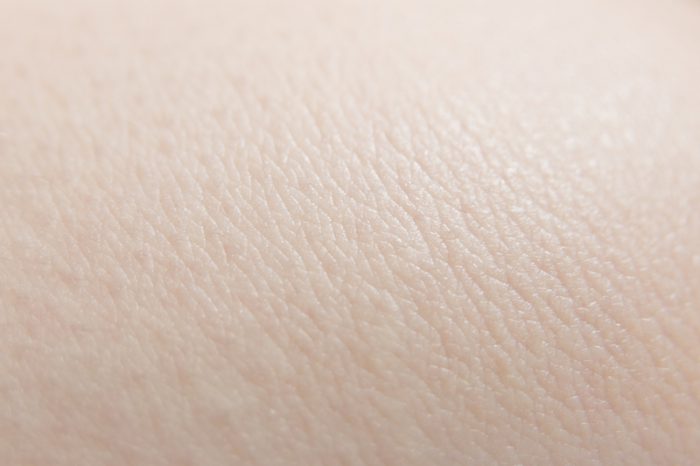We all know that 3D printing is making incredible strides in so many places. Architecture. Food. Robots. Even ... footwear? You bet!
But maybe the biggest innovations have been in medicine. In particular, printing organs, tissue, and body parts.
We've already discussed everything from corneas, and miniature hearts. Now a group of scientists from Rensselaer Polytechnic Institute in Troy, New York, have found a way to 3D print living skin, complete with blood vessels.
It's pretty mind-blowing stuff, and it could end up revolutionizing how we can treat burn victims and others in need of skin replacement. Here's the skinny on it...
On the move
When someone gets a very dangerous burn or a skin cancer, part of the treatment can often be what's called a skin graft. This is basically a skin transplant — a layer of healthy skin is moved from one part of the body to the damaged area. It is then bandaged and cared for, and after a few months the person's skin is relatively normal again. Hopefully.
This procedure is delicate, painful, and not always successful. That's why ever since organic 3D printing (or bio-inks) began, scientists have thought, "Hey. What if we could simply print new skin?" It would sure make things a lot easier and less painful!
New skin
3D bio-printers like this one have only just begun to change medicine. (Getty Embed)
Fast forward to today, where technology already exists to print living cells! But there's a big catch. Without things like blood vessels, this 'skin' could only be used as a kind of organic bandage and not as a true skin graft.
As Pankaj Karande, the researcher who led the Rensselaer team, told ScienceDaily, "Right now, whatever is available as a clinical product is more like a fancy Band-Aid." As a result, the 3D printed skin just falls off — it never fully meshes with the body's system.
But by printing skin with a network of blood vessels inside, a body could then have a way to transfer blood and nutrients into the 3D printed skin. This flow could then keep the skin alive and allow it to actually heal into the body. Whoa!
Not so fast
This almost sounds like science fiction, right? Well to be fair, it still is.
The Rensselaer skin isn't ready for human grafts yet. Currently, the scientists are using mouse cells to provide the vessels for their printed skin. So while it has actual vessels and is living skin, these vessels aren't able to successfully merge with a human patient.
(Our bodies would recognize the mouse cells as 'foreign tissue' and reject them.)
But now that these scientists know that it is possible to print living skin with vessels, the next step of finding a human-friendly version seems just around the corner. Gives us goosebumps!
Watch the Dr. Karande explain it all below.
 Can we really print this? Not yet, but we're getting closer! (© Zhiqian Li - Dreamstime.com)
Can we really print this? Not yet, but we're getting closer! (© Zhiqian Li - Dreamstime.com)










Wow! It’s crazy what people can do with technology nowadays!
Wow! That is SO crazy! Imagine what will happen in 20 years from now… ❓
yeet dude.